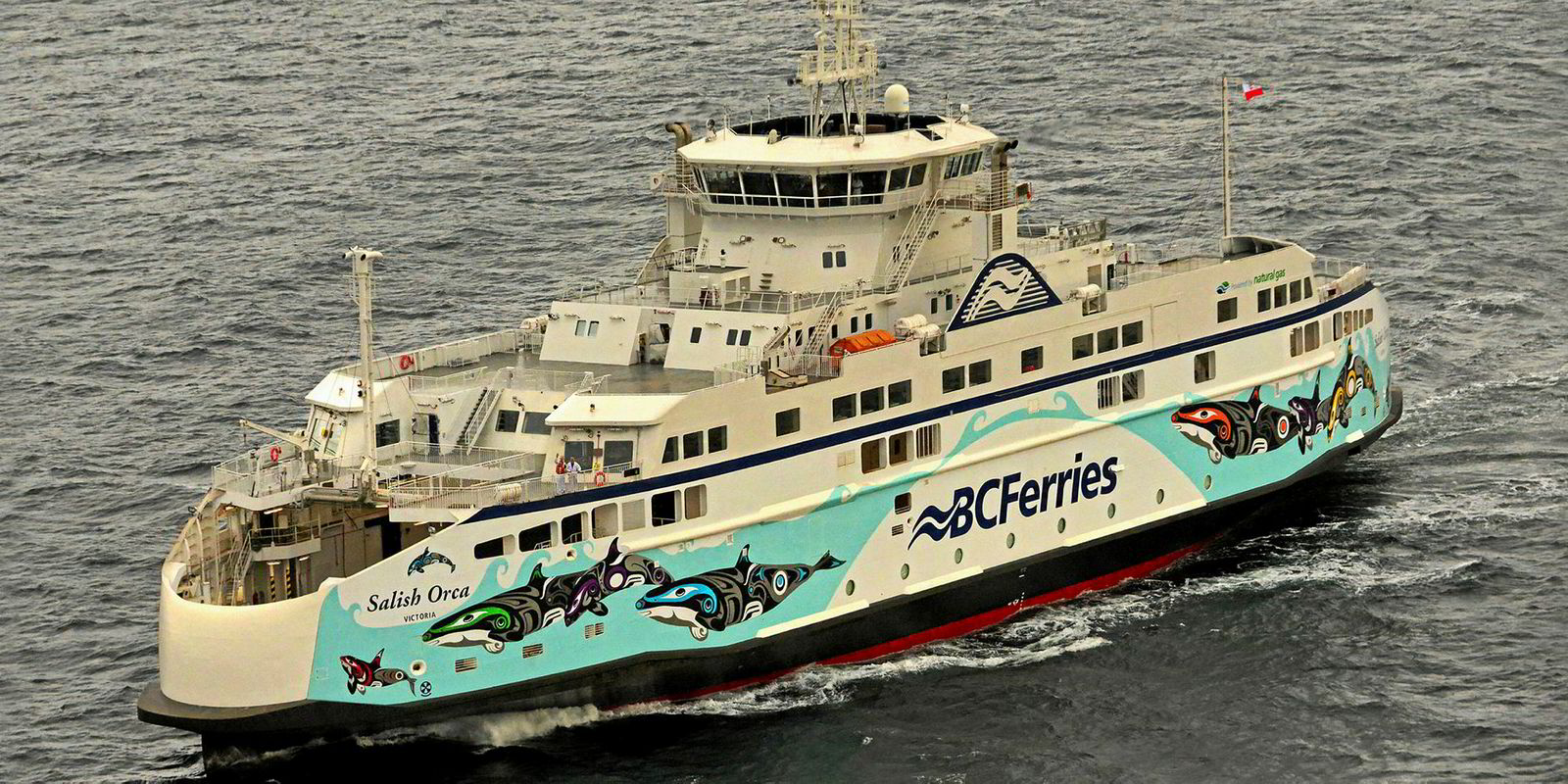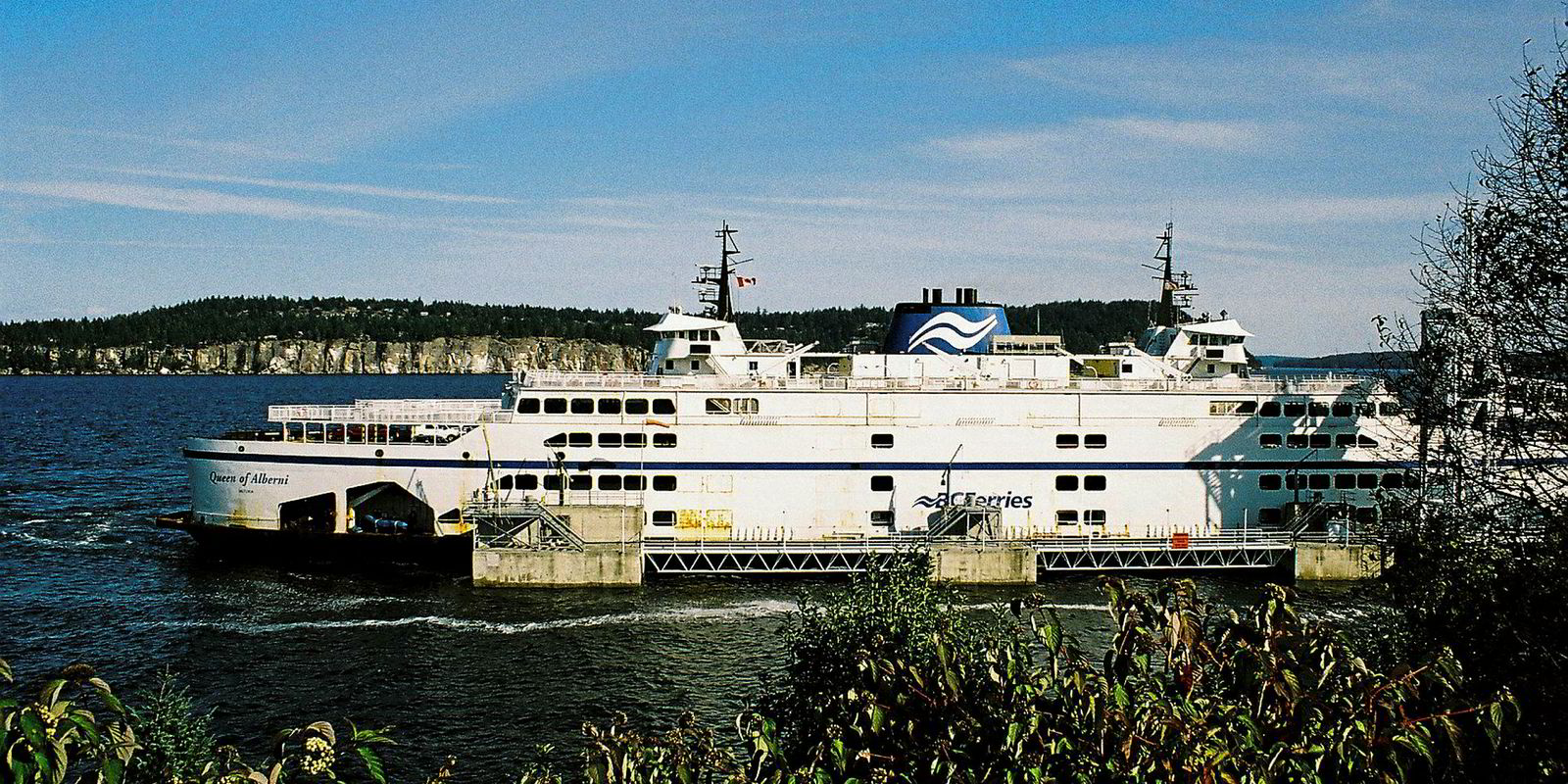BC Ferries saw lower fiscal earnings, mostly due to higher labour and fuel costs.
The BC Ferry Authority-owned company posted net earnings of CAN 52.2m ($39.4m) for fiscal 2019 ended 31 March versus CAN 59.9m in net profit during fiscal 2018.
The company said it was the busiest year in its history in terms of vehicle traffic but its operating expenses went up to CAN 821m from CAN 784m due to higher labour, fuel and training costs.
“High traffic volumes allow good financial results which enable us to expand our service to communities, renew the fleet, upgrade terminals, pay down debt and reduce future borrowing,” chief executive Mark Collins said.
“These are essential for a sustainable and environmentally-friendly ferry system."
Vehicle traffic increased 1.9% while passenger traffic increased 1.2% prior year leading to 877 additional round trips throughout the system over the previous year.
The company adjusted the schedule for routes out of Horseshoe Bay terminal and re-introduced the upgraded Spirit of British Columbia into service.
This caused an increase in labour, fuel consumption, and training-related costs partially offset by the lower cost of one ferry burning LNG rather than marine diesel.
As a result, total operating expenses increased CAN 36.4m to CAN 821m.
Collins said BC Ferries' CAN 3.9bn, 12-year capital plan allows for a more resilient ferry service and emphasizes capacity, operational efficiency, affordability and flexibility.
At the start of fiscal 2019, the company, with partial funding from British Columbia, reduced fares on all routes except three Metro Vancouver-Vancouver Island by 15%.






